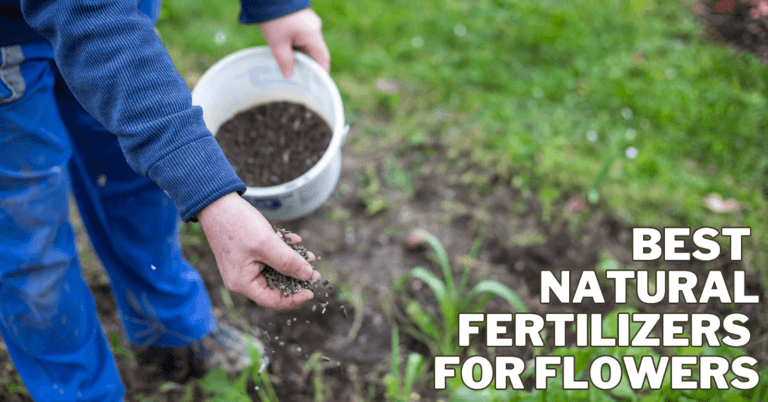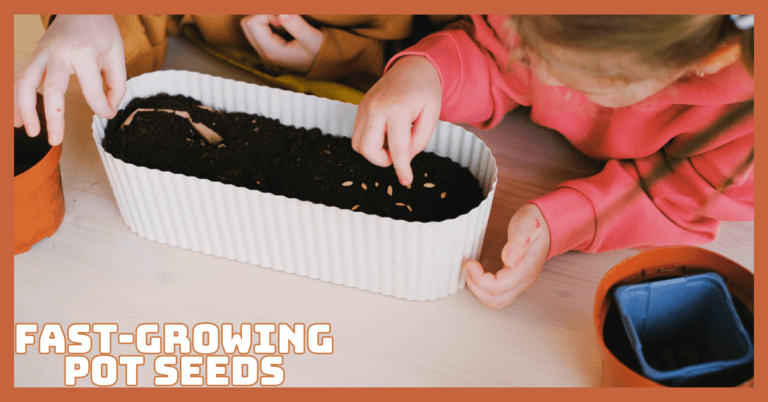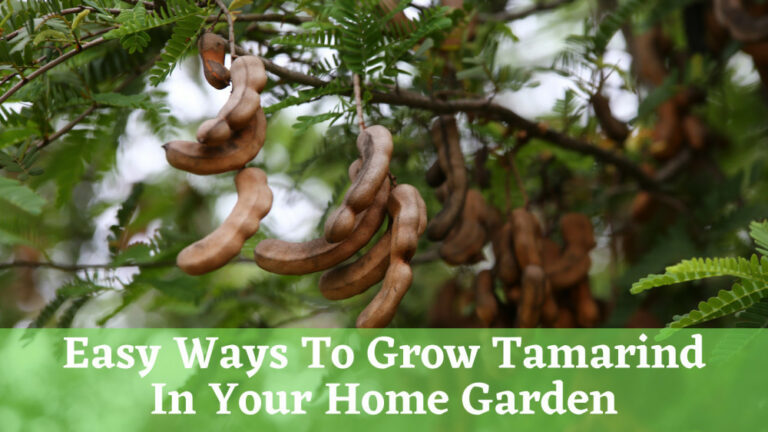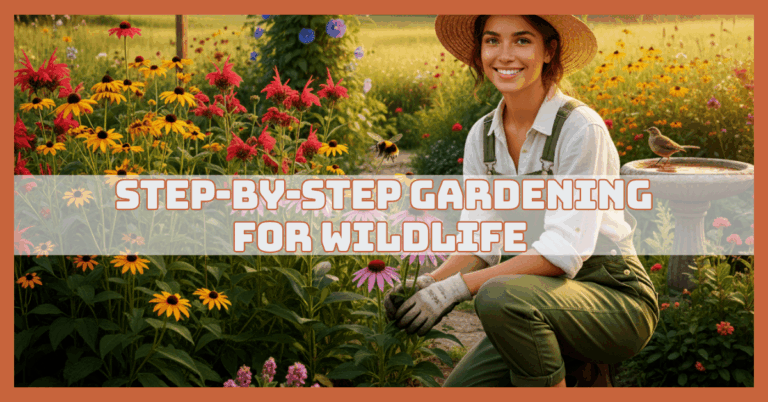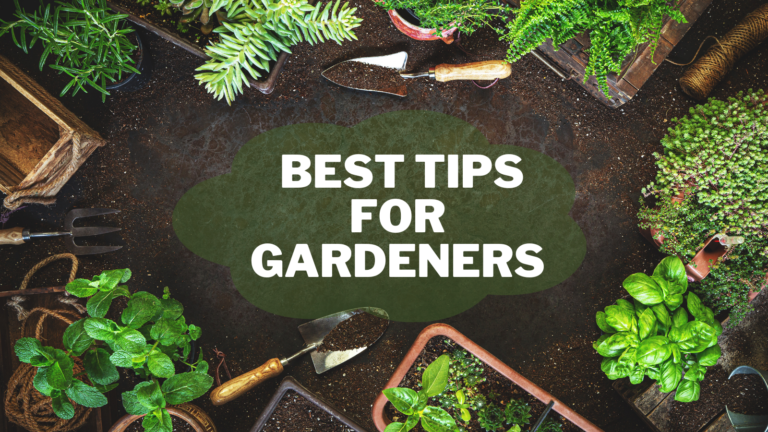Best Soil For Growing Vegetables
Best Soil For Growing Vegetables
Soil is the foundation for successful vegetable gardening, providing essential nutrients, moisture, and support for plant growth.
Understanding the characteristics of soil and how to optimize its composition is paramount for cultivating thriving vegetable gardens.
Each soil type, from loamy to sandy and clay to silt, offers unique advantages and challenges for growing vegetables.
In this introduction, we will examine the value of soil in vegetable gardening and important aspects to consider when choosing and preparing soil for the best possible vegetable growth and harvest.
Whether you're a seasoned gardener or a novice enthusiast, mastering the principles of soil management is essential for harvesting a bounty of delicious and nutritious homegrown vegetables.
Types Of Soil For Vegetable Gardens
Vegetable gardens can thrive in various soil types, but certain soil types are more conducive to healthy vegetable growth than others.
The following are typical soil types that work well for vegetable gardens:
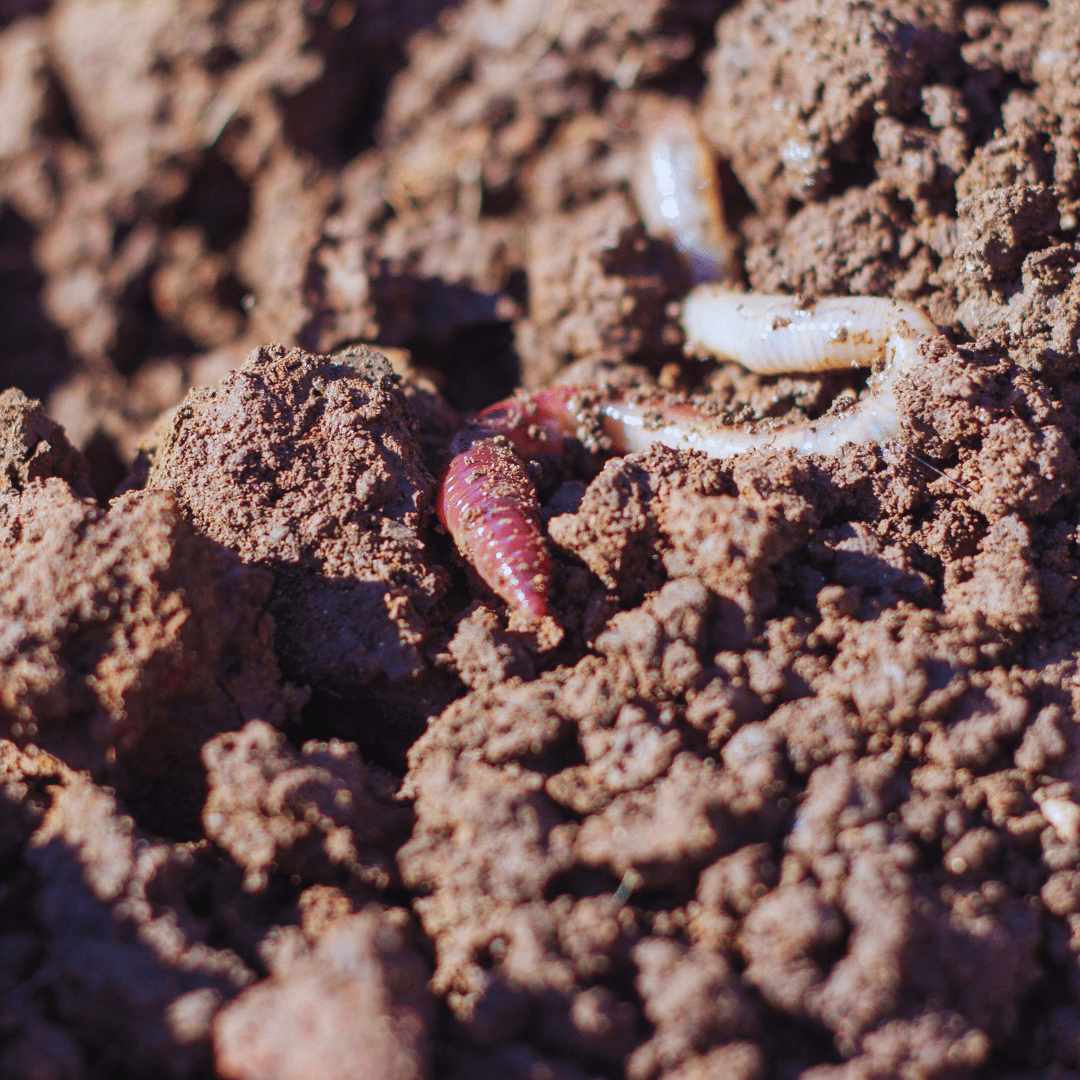
1. Loamy Soil
Loamy soil's balanced texture and fertility make it an excellent vegetable production medium. It is made up of equal parts sand, silt, and clay.
Loamy soil supports healthy root development and vigorous growth by providing excellent drainage while retaining moisture and nutrients.
Vegetables such as tomatoes, beans, lettuce, carrots, and peppers thrive in loamy soil, benefiting from its optimal moisture levels and nutrient availability.
Gardeners appreciate it because of its ease of workability, which makes planting and maintenance activities easier.
Overall, loamy soil promotes robust vegetable growth and abundant harvests, making it a favoured soil type for vegetable gardening.
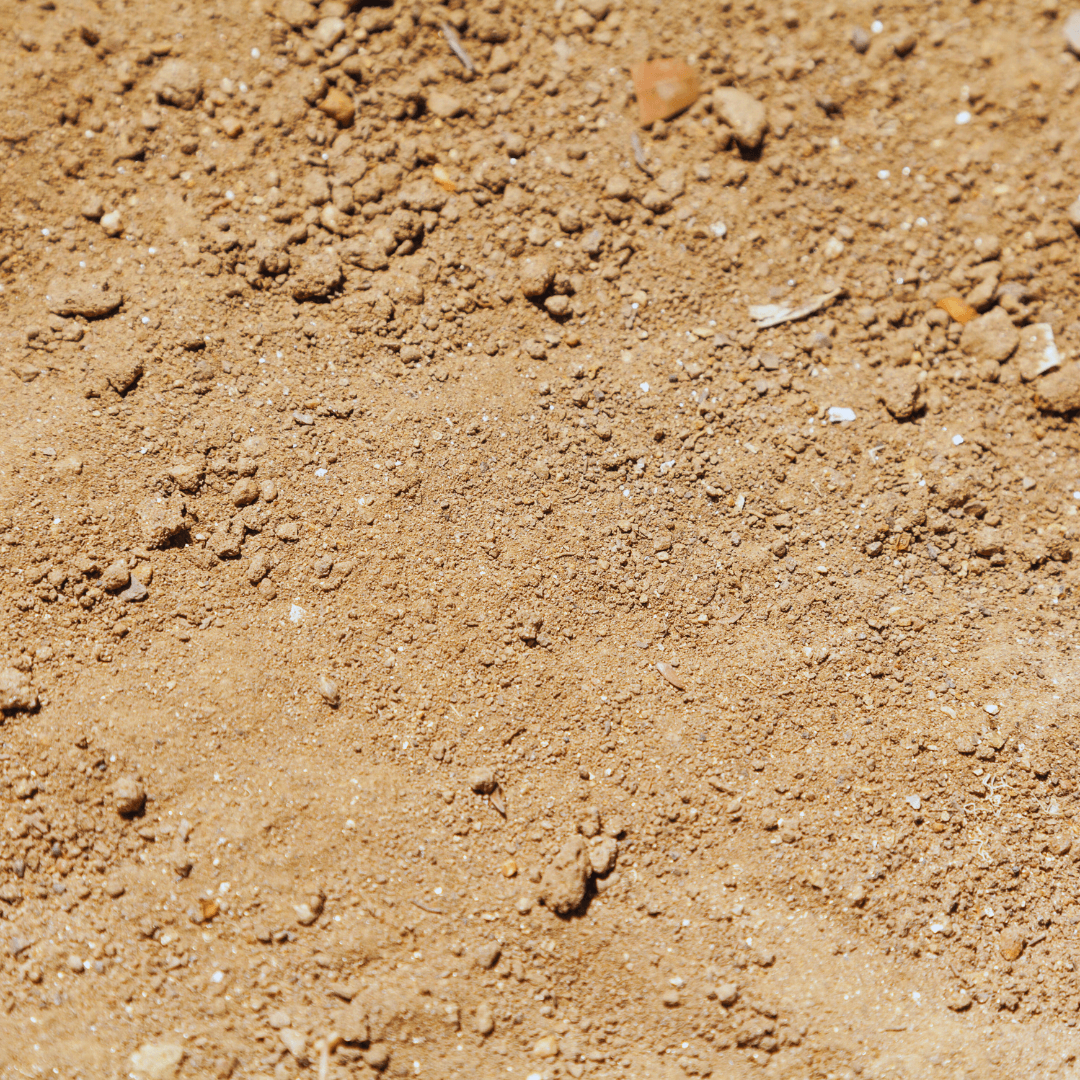
2. Sandy Soil
Sandy soil, characterized by its large particles and quick drainage, presents advantages and challenges for vegetable gardening.
While it drains well, reducing the risk of waterlogging and root rot in vegetables sensitive to excess moisture, sandy soil also tends to dry out quickly, requiring more frequent irrigation.
However, vegetables like carrots, radishes, and potatoes thrive in sandy soil, appreciating its loose texture and ease of root penetration.
Incorporating organic matter such as compost or aged manure enhances fertility and water retention.
Properly managed sandy soil can support healthy vegetable growth and yield satisfactory harvests.

3. Clay Soil
Clay soil, characterized by its fine particles and tendency to retain moisture, presents advantages and challenges for vegetable gardening.
While its moisture-retaining properties can be beneficial during dry periods, clay soil is prone to compaction, poor drainage, and slow warming in spring.
However, with proper soil management, clay soil can be suitable for growing vegetables like leafy greens and brassicas and root crops like potatoes and carrots.
Organic matter, such as compost or well-rotted manure, can be added to clay soil to improve its structure, drainage, and ability to hold nutrients.
Raised beds or planting on mounded rows can also mitigate drainage issues in clay soil. With careful attention and soil amendments, clay soil can provide a productive growing medium for various vegetables.
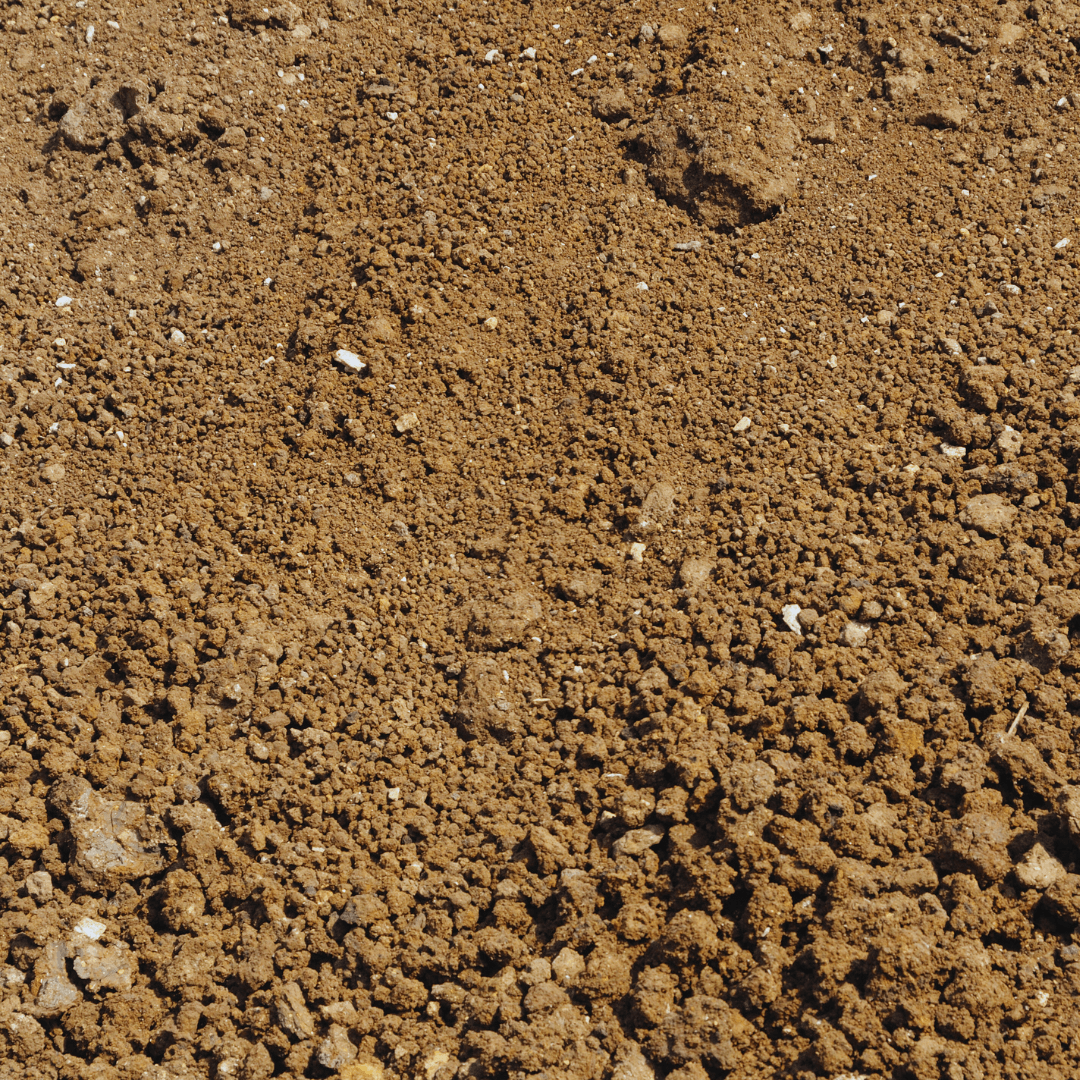
4. Silt Soil
Silt soil, with its medium-sized particles and excellent fertility, offers favourable conditions for vegetable gardening.
This soil combines the benefits of sand and clay, providing good drainage while retaining moisture and nutrients.
Vegetables such as tomatoes, peppers, cucumbers, and squash thrive in silt soil, benefiting from their balanced texture and nutrient-rich composition.
Adding organic matter further enhances silt soil's drainage and nutrient-holding capacity, promoting healthy root development and vigorous growth.
With optimal fertility and moisture retention, silt soil creates an ideal growing environment for a wide range of vegetables, supporting abundant harvests and robust plant growth with proper soil management practices.
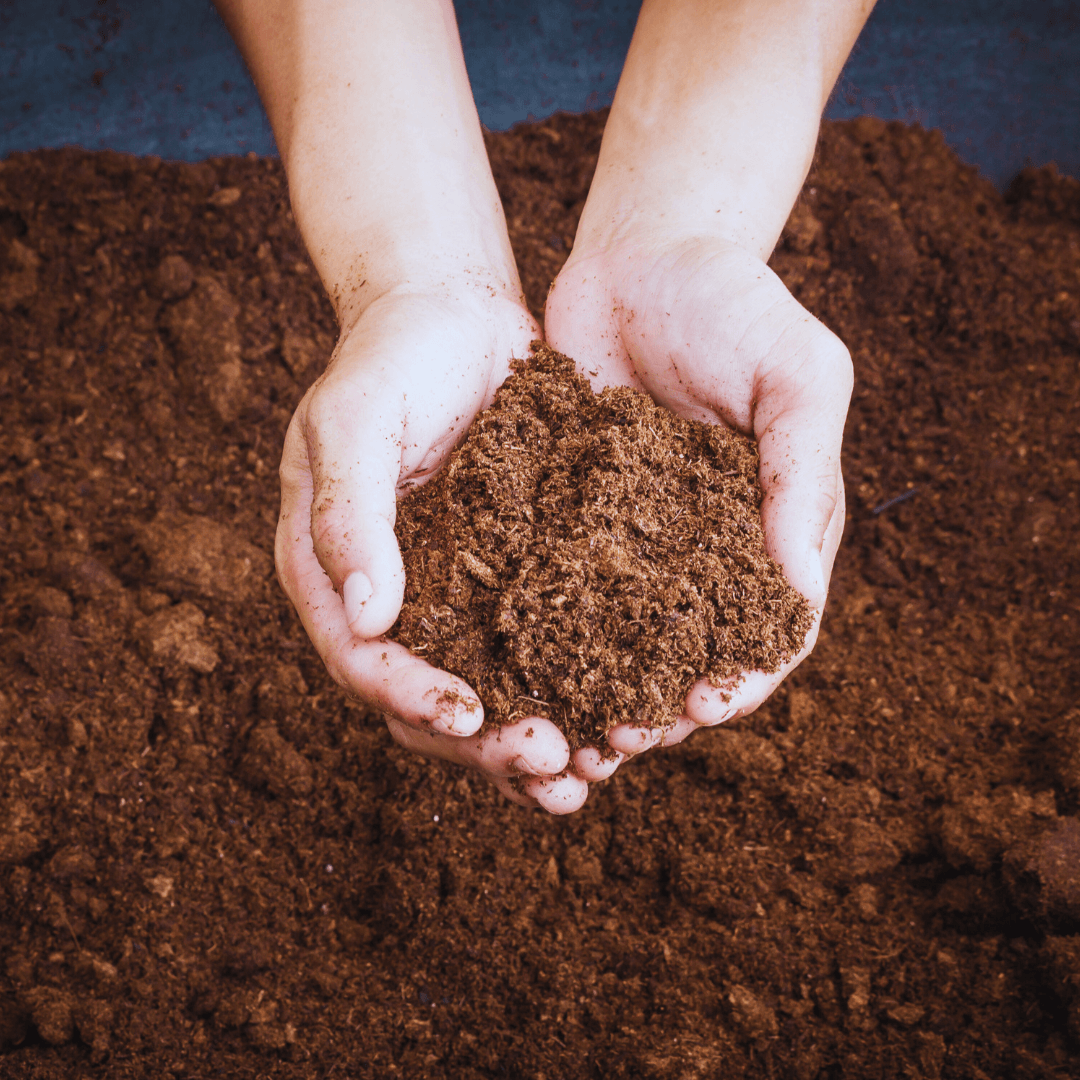
5. Peat Soil
Peat soil, formed from partially decomposed organic matter, offers unique advantages and challenges for vegetable gardening.
Known for its high moisture retention capacity, peat soil is ideal for vegetables that require consistent moisture levels, such as lettuce, celery, and cabbage.
However, peat soil tends to be acidic and nutrient-poor, requiring regular fertilization and pH adjustments to support healthy vegetable growth.
Additionally, peatlands are valuable ecosystems that play a crucial role in carbon storage and biodiversity, making sustainable sourcing of peat soil essential.
With the right soil additives and management techniques, peat soil can be an appropriate growing medium for some crops, promoting profitable vegetable farming while protecting peatland ecosystems.
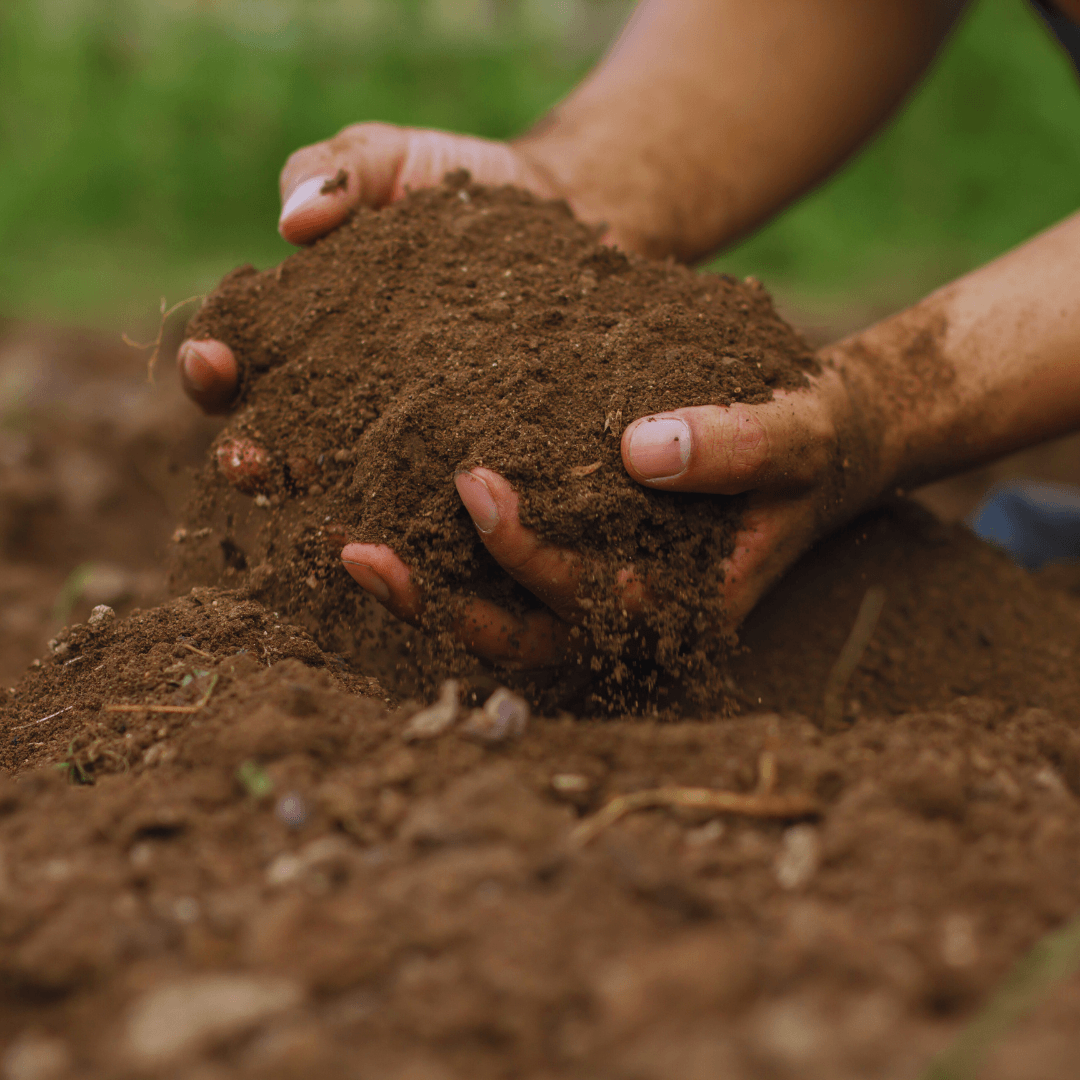
6. Chalky Soil
Chalky soil, characterized by its alkaline pH and calcium carbonate composition, presents opportunities and challenges for vegetable gardening.
While its high pH and poor nutrient retention can pose difficulties for some plants, certain vegetables like cabbage, broccoli, and cauliflower can thrive in chalky soil conditions, provided they are well-adapted or properly managed.
Incorporating organic matter and pH-adjusting amendments can help mitigate the challenges of chalky soil, improving its structure and nutrient availability for vegetable growth.
Sustainable soil management practices are essential to minimize the impact on soil pH and preserve the balance of soil ecosystems.
With careful attention and appropriate soil amendments, chalky soil can provide a suitable growing medium for selected vegetables, supporting healthy plant growth and yield.
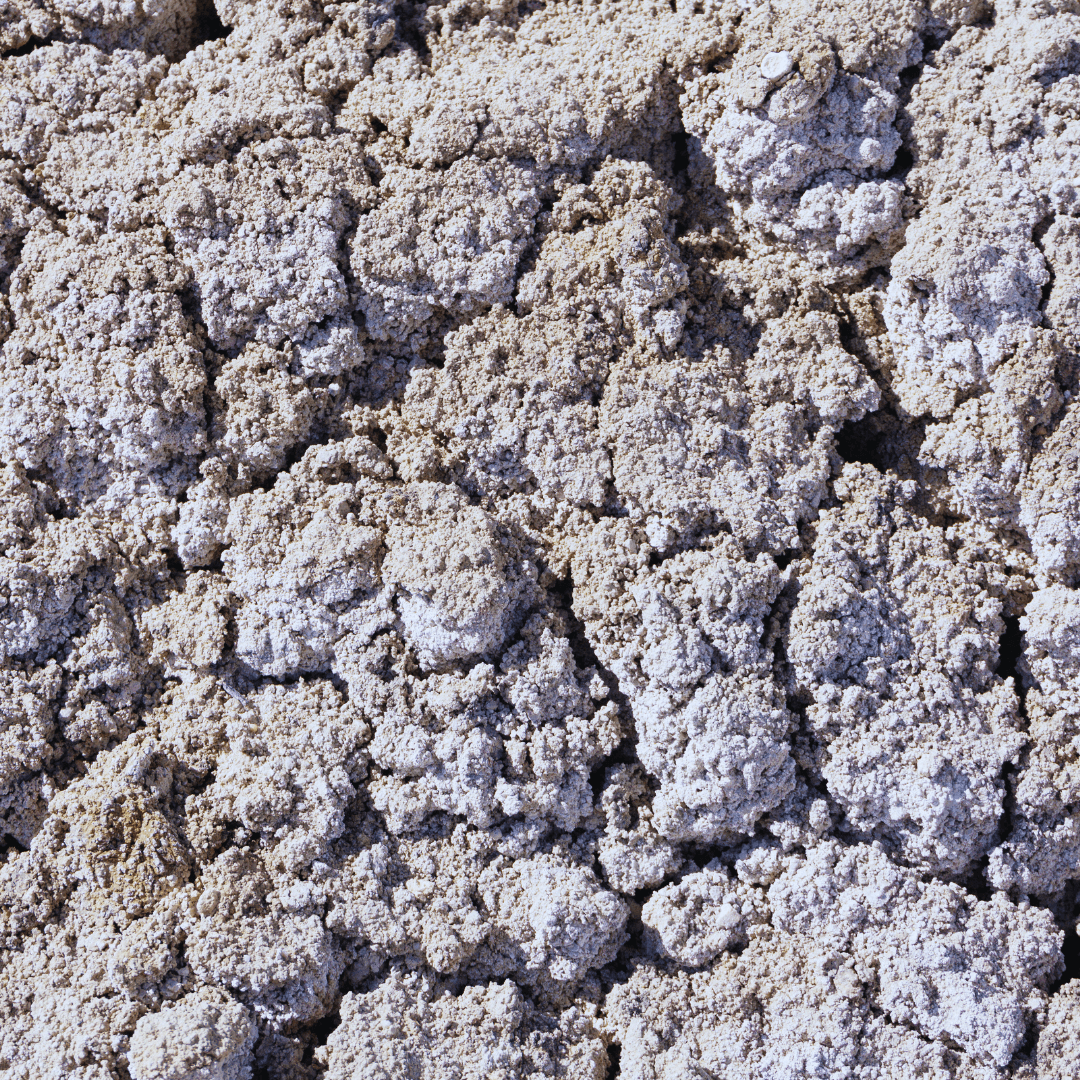
7. Saline Soil
Saline soil, characterized by its high levels of soluble salts, presents challenges for vegetable gardening due to its detrimental effects on most plants.
Conversely, vegetables that can tolerate salinity, such as asparagus, beets, and Swiss chard, can be planted on saline soil in coastal regions or high-salinity areas.
Implementing soil management practices such as leaching, which involves flushing excess salts from the soil with water, can help mitigate the effects of salinity and improve soil quality for vegetable cultivation.
Additionally, selecting salt-tolerant vegetable varieties and implementing proper irrigation and drainage techniques are essential for successful vegetable gardening in saline soil conditions.
With careful planning and management, saline soil can be utilized for vegetable production, supporting sustainable agriculture in challenging environments.
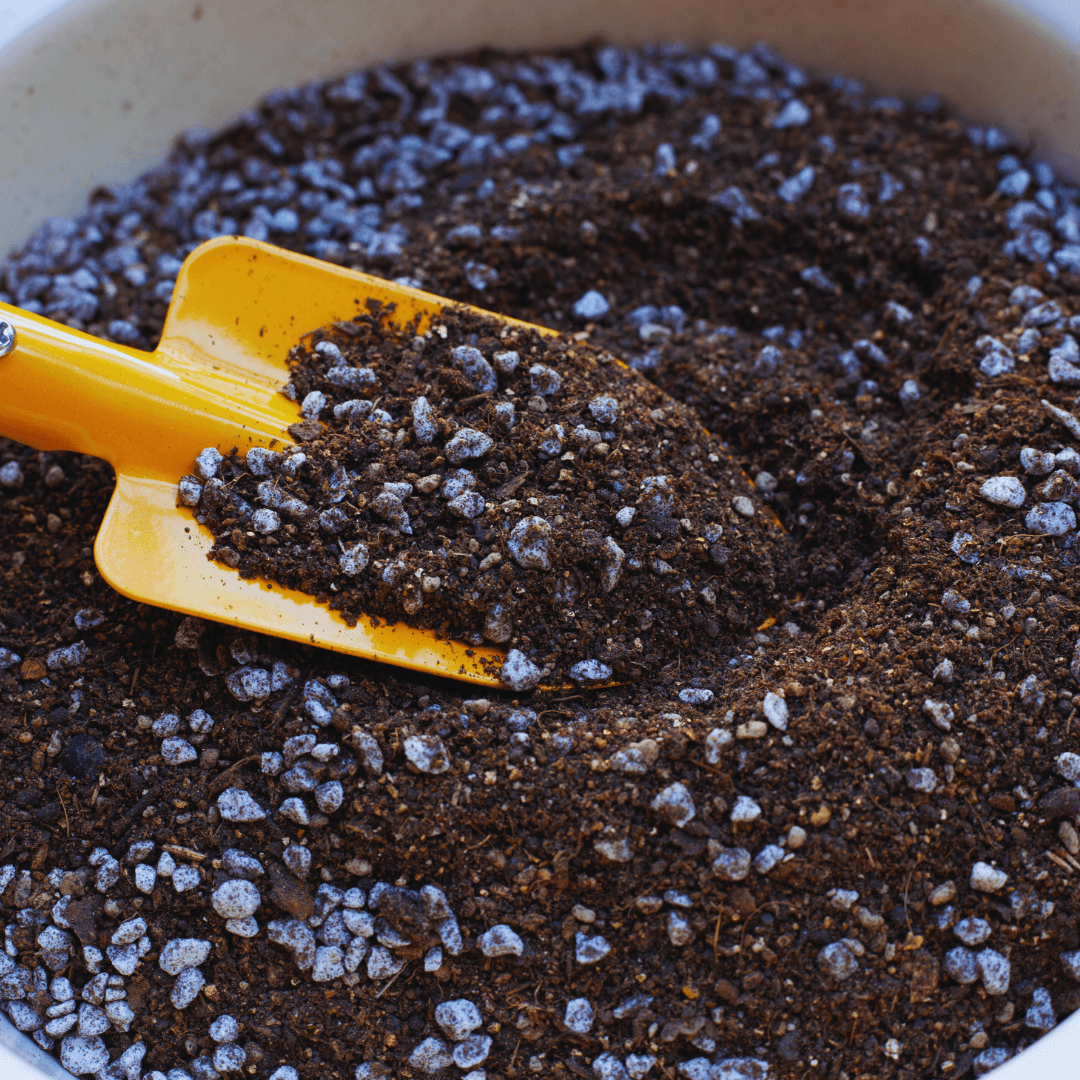
8. Volcanic Soil
Volcanic soil, also known as volcanic ash soil or Andisol, offers unique advantages for vegetable gardening due to its rich mineral content and excellent drainage properties.
Volcanic soil, formed from volcanic ash deposits, is fertile and well-aerated, making it ideal for growing various vegetables.
Vegetables such as tomatoes, eggplants, and squash often thrive in nutrient-rich volcanic soil with good drainage.
Additionally, volcanic soil tends to warm up quickly in spring, allowing for earlier planting and extended growing seasons.
With its fertility and favourable physical properties, volcanic soil provides an excellent vegetable-growing medium. Proper soil management practices support healthy plant growth and high yields.
How To Prepare Soil For A Vegetable Garden?
Preparing soil for a vegetable garden is essential for creating optimal growing conditions and promoting healthy plant growth. Here are steps to prepare the soil for a vegetable garden:
1. Choose The Right Location For Your Vegetable Garden
The success of growing a vegetable garden depends on where you put your plants. Select a spot with six to eight hours of sunlight daily to encourage healthy plant growth and larger yields.
Ensure the space has proper drainage to prevent waterlogging because excessive moisture can lead to root rot and other plant diseases.
It's important to consider elements like ease of access to irrigation water supplies, wind protection, and frost pocket prevention.
When choosing the best spot for your vegetable garden, you can identify the site's microclimates and sun exposure by watching it throughout the day.
Selecting a good spot lays the groundwork for a flourishing garden and creates the ideal conditions for producing vegetables all season.
2. Clear The Area
Clearing the area is a critical first step in preparing soil for a vegetable garden. The planting area must be cleared of plants, weeds, stones, or other trash to make it clear and uncluttered for the garden beds.
This process eliminates competition for water, nutrients, and sunlight from weeds and other plants, allowing vegetable crops to thrive without interference.
Removing rocks and debris ensures a smooth and even surface for planting and minimizes obstructions that could impede root growth.
By eliminating potential breeding grounds and hiding places for pests, clearing the area also helps to increase air circulation and lowers the danger of diseases and pests.
Creating a clean and clear planting space provides the ideal foundation for successful vegetable gardening and ensures optimal crop growth conditions.
3. Test The Soil
Testing the soil is crucial in preparing it for a vegetable garden. It provides valuable information about its pH level and nutrient content.
A soil testing kit obtained from garden centers or local agricultural extension offices is useful for assessing these components.
Soil samples are collected from the garden area and analyzed using the testing kit's instructions for a soil test.
The soil's pH indicates its alkalinity, and most plants prefer a slightly acidic pH range of 6.0 to 7.0. Testing for nutrients helps determine the soil's fertility when deciding whether to add soil amendments to make up for any deficiencies before planting.
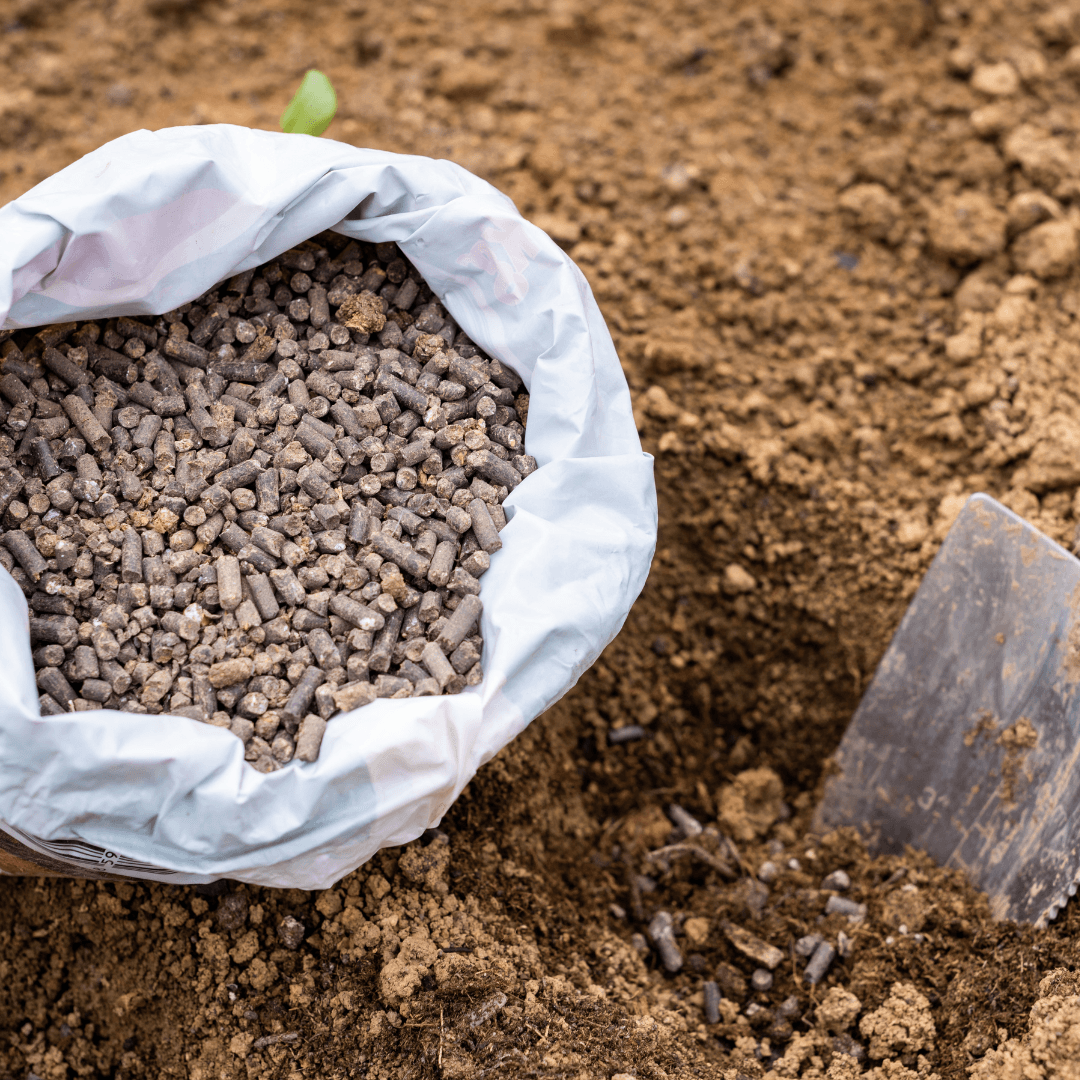
4. Amend The Soil
The soil test results must be amended to prepare the soil for a successful vegetable garden. Select the appropriate soil amendments to address any pH imbalances or nutrient deficiencies.
Most vegetables should have an ideal pH range of 6.0 to 7.0. To correct pH imbalances, use ingredients like lime to raise pH or sulphur to drop pH.
Organic matter contributes to a healthy growing environment for vegetable crops by promoting beneficial microbial activity in the soil, improving nutrient enrichment, and improving water retention.
5. Till The Soil
Tilling soil is a vital first step in preparing soil for a vegetable garden. This improves the soil's structure and fosters the ideal conditions for plant growth.
Using a tiller or garden fork, till the soil 8 to 12 inches to break up compacted soil and improve root penetration, drainage, and aeration.
This procedure aids in establishing a loose, friable soil texture that facilitates easy root penetration, nutrient uptake, and the establishment of robust root systems.
By tilling the soil, you also evenly incorporate organic matter and soil amendments throughout the planting area, ensuring uniform nutrient distribution and promoting overall soil health.
Tilling the soil before planting sets the stage for successful vegetable cultivation, providing the foundation for robust plant growth and abundant harvests in your garden.
6. Level The Soil
Levelling the soil is essential in preparing it for a vegetable garden. It ensures an even planting surface and facilitates uniform seed sowing or transplanting.
Using a rake or garden levelling tool, gently smooth the soil surface to remove any bumps, dips, or uneven areas, creating a flat and level planting area.
This process helps promote proper seed germination and seedling establishment by providing consistent soil depth and moisture distribution across the garden bed.
A level soil surface improves irrigation efficiency, allowing water to infiltrate and reach plant roots evenly.
By levelling the soil before planting, you create an optimal growing environment for your vegetable crops, promoting uniform growth and maximizing yields in your garden.
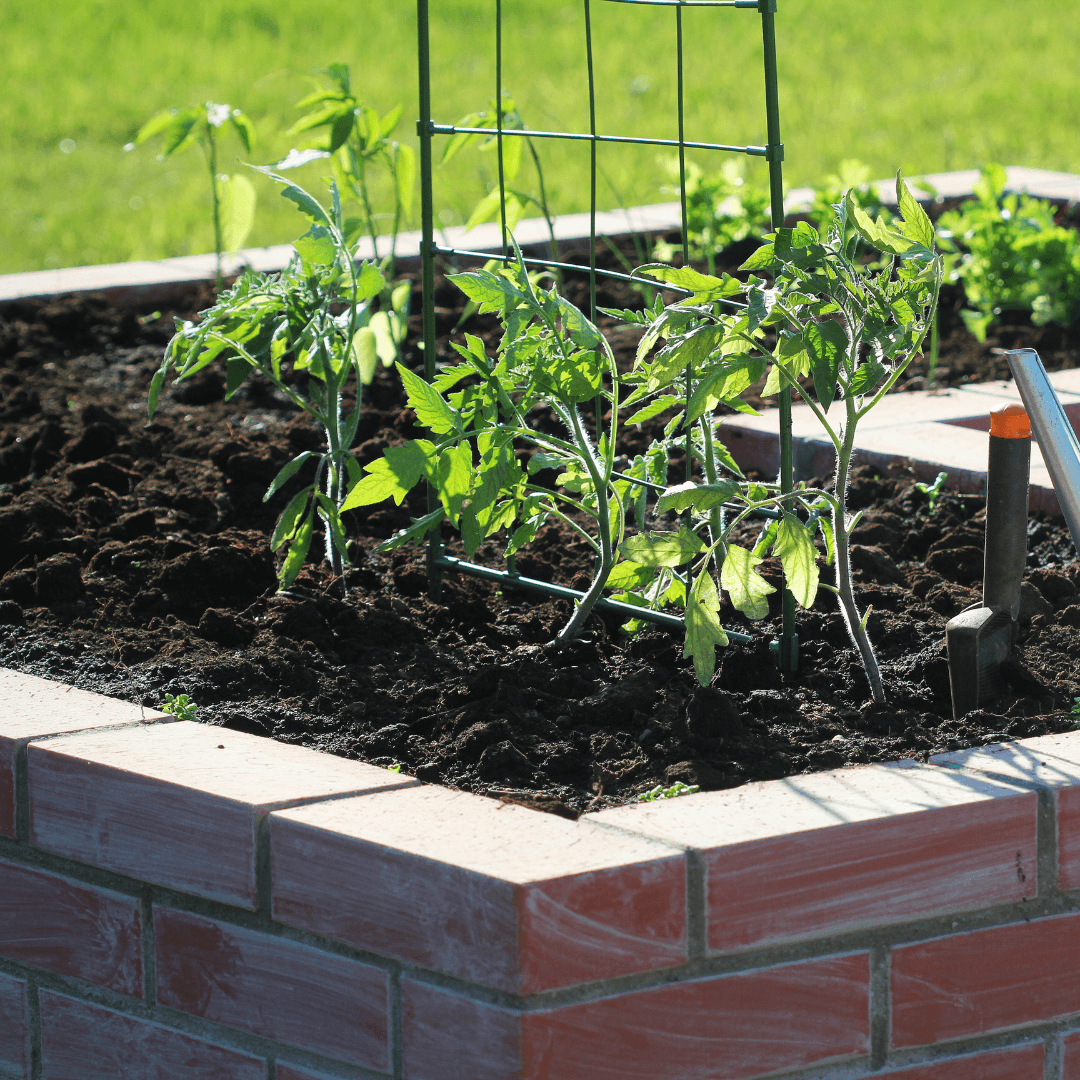
7. Create Raised Beds
Creating raised beds is an optional but highly beneficial step in soil preparation for a vegetable garden. It offers several advantages for plant growth and soil management.
Raised beds improve soil drainage, especially in heavy or poorly draining areas, preventing waterlogging and root rot in vegetable crops.
Furthermore, raised beds provide gardeners more control over the quality of their soil, enabling them to tailor fertilization schedules and soil additives to the particular requirements of their crops.
Construct raised beds using untreated lumber, cedar, or other suitable materials, ensuring adequate depth and width for plant roots to thrive.
Building raised beds creates an elevated growing area that promotes healthy root development, maximizes growing space, and enhances overall garden productivity.
8. Apply Mulch
Applying mulch is beneficial in soil preparation for a vegetable garden, providing numerous advantages for plant health and soil quality.
Compost, wood chips, and straw are examples of organic mulches that form a protective layer on the soil's surface and aid in retaining moisture by decreasing water loss and evaporation.
Mulch also inhibits weed growth by lessening competition for nutrients and moisture, keeping out sunshine and stopping weed seeds from sprouting.
Additionally, as organic mulch decomposes, it enriches the soil with vital organic matter that improves microbial activity, soil structure, and fertility.
Applying mulch to the soil surface creates an ideal growing environment for vegetable crops. It promotes healthy plant growth, conserves moisture, and enhances overall soil health in your garden.

9. Water The Soil
Watering the soil is a crucial final step in soil preparation for a vegetable garden, ensuring the soil is adequately hydrated and settled before planting.
Thoroughly wet the prepared soil to pay it, helping to eliminate air pockets and create good soil-to-seed contact for optimal germination and root establishment.
Providing moisture to newly planted vegetables is essential for their growth and survival. It also helps prevent transplant shock and promote healthy root development.
Use a mild spray or drip watering system to ensure the soil is consistently moist throughout the planting area.
Pay special attention to the soil's moisture condition and water your vegetable garden as needed during the growing season to promote healthy plant growth and maximize harvests.
10. Monitor Soil Health
Monitoring soil health throughout the growing season is crucial for maintaining optimal conditions for vegetable growth and maximizing yields in your garden.
Regularly check soil moisture levels using a meter or simply feeling the soil with your hands. Ensure the soil is damp but not soggy to encourage healthy plant growth.
Furthermore, it is important to routinely evaluate the soil's pH and nutrient levels using soil testing kits or services offered by nearby agricultural extension offices.
Apply appropriate amendments, such as lime for pH adjustment or organic fertilizers for nutrient supplementation, to adjust soil pH and nutrient levels as needed.
By monitoring and adjusting soil conditions throughout the growing season, you can ensure a successful harvest from your garden and provide your vegetable crops with the best possible environment for robust growth.
FAQ
1. Is potting soil good for growing vegetables?
Answer: Potting soil can be suitable for growing vegetables in containers or raised beds. Look for potting soil mixes labelled for vegetables, which typically contain a blend of peat moss, compost, perlite, and other organic materials to provide essential nutrients and promote healthy root growth. Ensure the potting soil is well-draining and suitable for the vegetable varieties you plan to grow.
Conclusion
Soil is the foundation of a successful vegetable garden, providing essential nutrients, moisture, and support for plant growth.
Gardeners may establish ideal growing conditions for their vegetable crops by knowing the traits of various soil types and using appropriate soil preparation procedures.
Whether amending soil for improved fertility, creating raised beds for better drainage, or applying mulch for moisture retention, careful soil management is key to maximizing yields and promoting healthy plant growth.
With attention to soil health and ongoing monitoring throughout the growing season, gardeners can cultivate thriving vegetable gardens and enjoy bountiful harvests year after year.
I trust you enjoyed this article about the Best Soil For Growing Vegetables. Please stay tuned for more blog posts soon. Take care!
JeannetteZ
>>>Please click here to read my all-inclusive article about Container Gardening<<<
>>>Are you interested in homegrown herbs and medicine? Please click here to find out more about it!<<<
Your Opinion Is Important To Me
Do you have thoughts, ideas, or questions? I would love to hear from you. Please leave me your questions, experiences, and remarks about this article, Best Soil For Growing Vegetables, in the comments section below. You can also email me at Jeannette@Close-To-Nature.org.
Disclosure
This post may contain affiliate links. As an Amazon Associate and other affiliate programs, I earn from qualifying purchases at no extra cost to you. Please read my full affiliate disclosure.
You might also enjoy these blog posts:
Best Ways To Prepare Soil For Fruit Trees
Best Soil To Use For Flowering Plants
Discover The Diversity: Species Of Owls In The World
Interesting Facts About Hummingbirds




